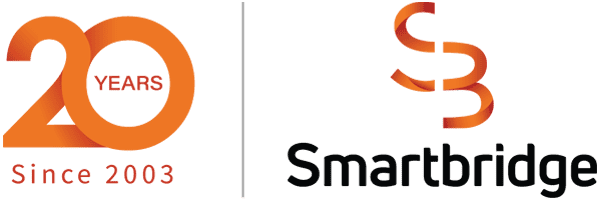Use Case Overview
In life science manufacturing and labs, the question isn’t only “How fast can we respond?” but “Can we see risks coming?” Predictive risk modeling powered by agentic AI turns data like PTO patterns, past incidents, fatigue signals, and compliance logs into foresight.
For component manufacturers, this foresight translates directly into fewer accidents, reduced downtime, and higher quality output. By shifting EHS from reactive to predictive, organizations protect people, safeguard compliance, and keep innovation on track.
Strategic Business Goals Supported
Solution Capabilities
LET’S TALK
Select a time on our calendar & the best Industry & Solutions Expert will meet with you.
There’s more to explore at Smartbridge.com!
Sign up to be notified when we publish articles, news, videos and more!
Other ways to
follow us:



